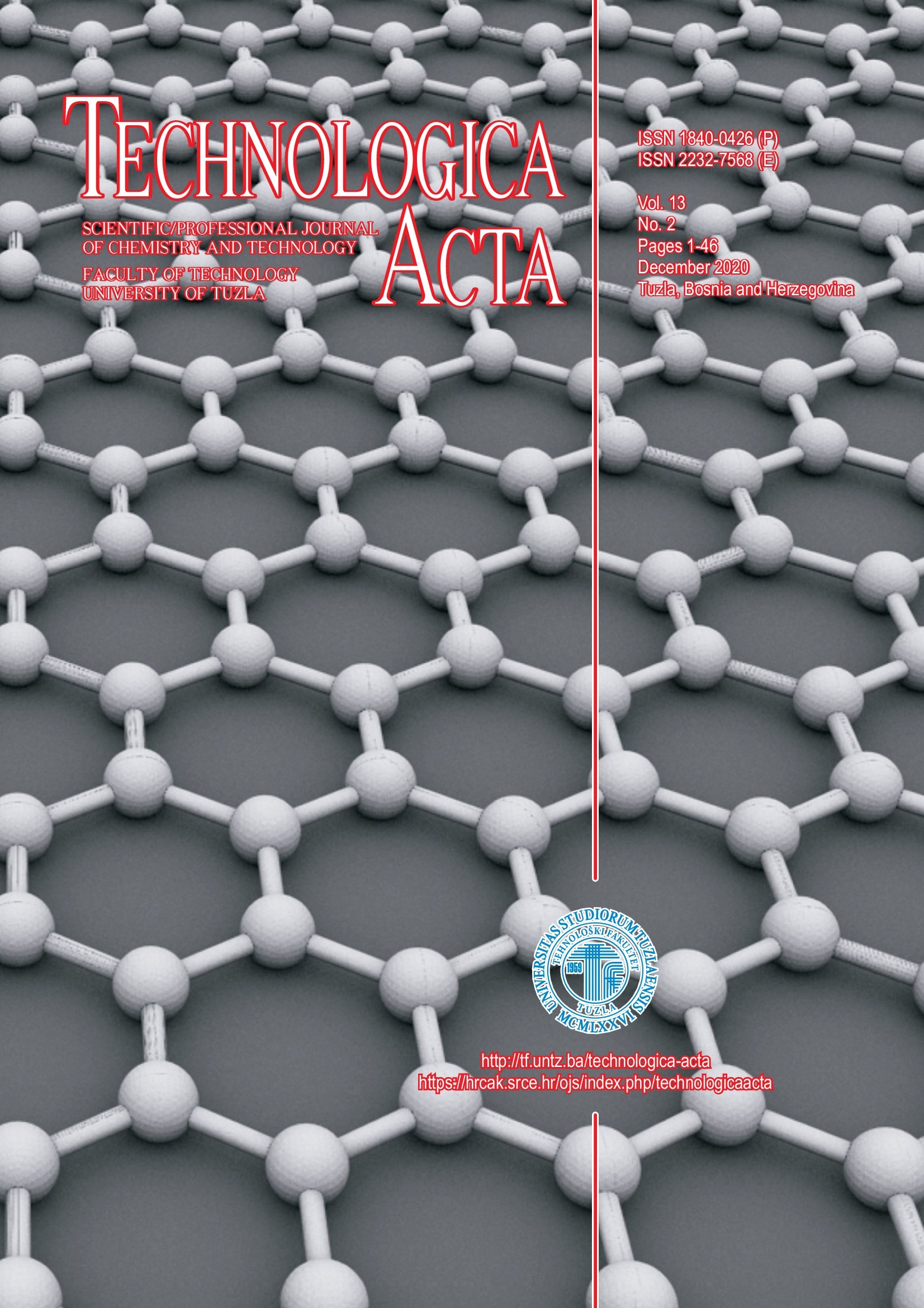Synthesis, characterization and bioactivity of selected metal complexes with imine ligands
Keywords:
metal complexes, imine, bioactivity, antibacterial agents, FRAPAbstract
The chemistry of complex compounds containing imine ligands is attracting significant attention from researchers today. In this work, complexes of selected transition metals (Cu, Co, Ni and Fe) with imines based on ninhydrin and amino acids methionine and cysteine were synthesized. FTIR and UV/VIS spectroscopy were used for structural characterization. Antioxidant activity of the complex was analyzed by the FRAP method. The synthesized compounds showed a significant reducing ability, ranging from 221.94 to 756.30 µmol/L. In vitro antimicrobial activity was tested on strains from the ATCC collection. Inhibitory activity against the tested microorganisms was recorded, and the zones of inhibition ranged from 10-24 mm. Preliminary research shows that these compounds have biological potency, but more detailed in vitro and in vivo studies are required for their use.


